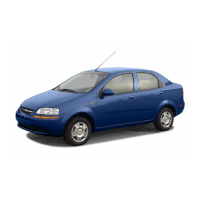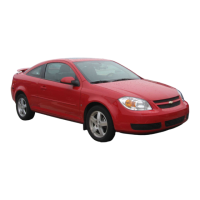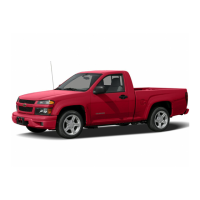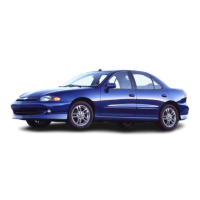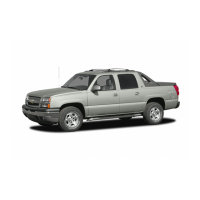The frontal airbags (driver and right front passenger) are
not intended to inflate during vehicle rollovers, rear
impacts, or in many side impacts because inflation
would not likely help the occupants.
Your vehicle may or may not have a side impact airbag.
See Airbag System on page 1-49. Side impact airbags
are designed to inflate in moderate to severe side
crashes. A side impact airbag will inflate if the crash
severity is above the system’s designed “threshold
level.” The threshold level can vary with specific vehicle
design. Side impact airbags are not designed to
inflate in frontal or near-frontal impacts, rollovers or rear
impacts, because inflation would not likely help the
occupant. A side impact airbag will only deploy on the
side of the vehicle that is struck.
In any particular crash, no one can say whether an
airbag should have inflated simply because of the
damage to a vehicle or because of what the repair costs
were. For frontal airbags, inflation is determined by
the angle of the impact and how quickly the vehicle
slows down in frontal and near-frontal impacts. For side
impact airbags, inflation is determined by the location
and severity of the impact.
What Makes an Airbag Inflate?
In an impact of sufficient severity, the airbag sensing
system detects that the vehicle is in a crash. For
both frontal and side impact airbags, the sensing system
triggers a release of gas from the inflator, which
inflates the airbag. The inflator, the airbag and related
hardware are all part of the airbag modules. Frontal
airbag modules are located inside the steering wheel
and instrument panel. For vehicles with side impact
airbags, the airbag modules are located in the
seatback closest to the driver’s and/or right front
passenger’s door.
1-55

